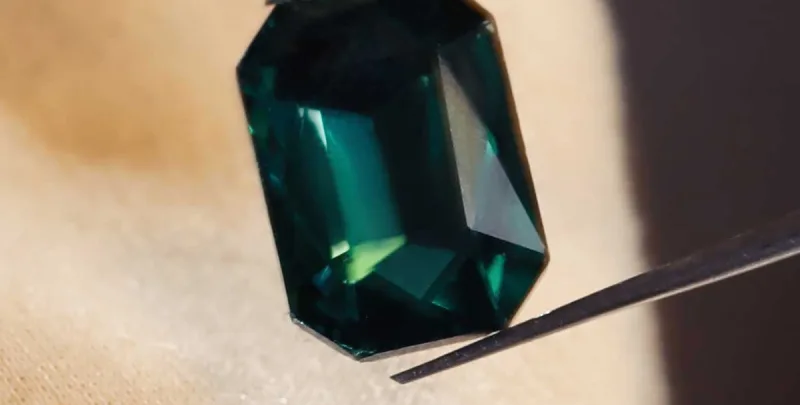Clarity of Diamonds.
One of the main factors involved in the grading of diamonds used in jewellery is “clarity” When choosing a diamond for an important item such as an engagement ring; you may hear a jeweller trumpeting the clarity of the stone. Clarity is affected by flaws either on or within the stone; these imperfections are common and most diamonds are not perfect, most of them consist of some inclusion(s) or imperfections. Diamonds that are clear create more brilliance, and more expensive.
There are two factors that affect clarity
- Imperfections on the diamond (Blemishes)
- Imperfections inside the diamond (Inclusions)
However for the purpose of grading all flaws are called inclusions, imperfections have a number of names Including fingerprints, nicks and scratch, clouds needles and feathers.
To view must imperfections you need to use magnification and the standard used is 10 X. The grades awarded are as follows
- F Flawless: No internal or external flaws. These are extremely rare and expensive stones.
- IF Internally flawless: these stones have no internal flaws, but some surface flaws, again these are rare and expensive.
- VVS1-VVS2 Very Very Slightly Included (two separate grades) these stones have minute inclusions which even under 10 X magnifications are difficult to detect by a trained gemologist.
- VS1-VS2 Very Slightly Included (two separate grades) these stones have minute inclusions seen only with difficulty under 10x magnifications.
- SI1-SI2 Slightly Included (two separate grades). Minute inclusions more easily detected under 10x magnifications.
There are other grades (I1-I2-I3 Included (three separate grades) These are not often used in jewellery as the blemishes are often visible able to the naked eye.
Stones from F-SI2 are not normally affected by flaws as they are invisible to the naked eye. However, when it comes to the price you could pay for such an item, the number of imperfections can make a significant difference.

























